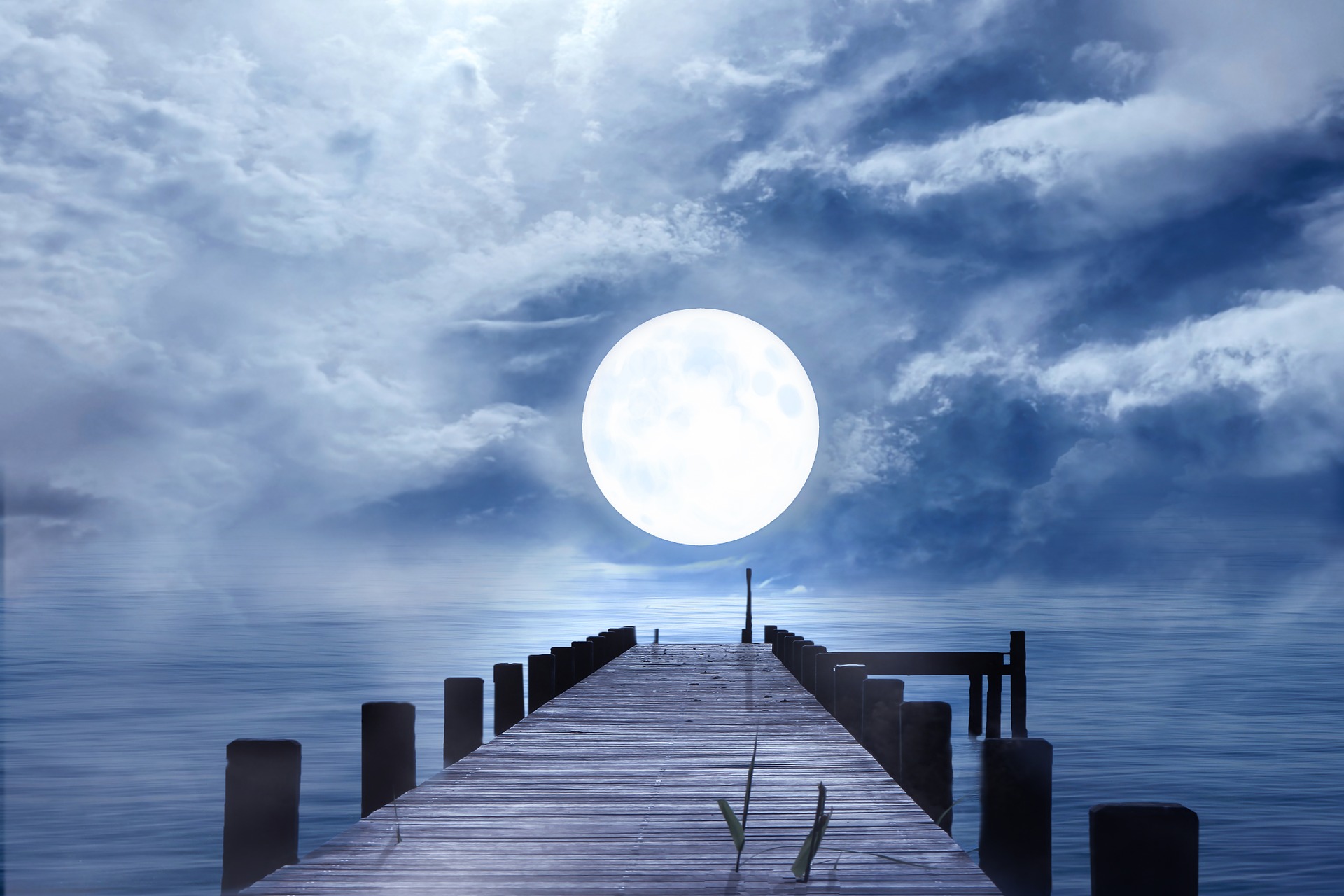n the midst of a pandemic, sleep has actually never ever been more vital-- or more evasive. Studies have shown that a full night's sleep is one of the very best defenses in securing your body immune system. However considering that the spread of COVID-19 started, people worldwide are going to bed later and sleeping even worse; tales of scary and vivid dreams have flooded social networks. To fight insomnia, individuals are relying on all sorts of strategies, consisting of anti-insomnia medication, aromatherapies, electronic curfews, sleep coaches and meditation. However another unlikely sedative has also seen a spike in use around bedtime: music. While sleep music utilized to be restricted to the fringes of culture-- whether at progressive all-night shows or New Age meditation sessions-- the field has crept into the mainstream over the past years. Ambient artists are teaming up with music therapists; apps are producing hours of new content; sleep streams have risen in appeal on YouTube and Spotify.
And considering that the impacts of the coronavirus have upped the anxiety of daily life, artists' streams and health app downloads have actually soared, forming bedtime habits that could show enduring. At the same time, researchers are diving deeper: in September 2019, the National Institute of Health awarded $20 million to research study tasks around music treatment and neuroscience. As the field expands, experts envision a world in which scientifically-designed albums could be just as reliable and typically used as sleeping pills. Sleep and music have actually been linked for centuries: a development myth of Bach's Goldberg Variations involves a sleep deprived Count.

More just recently, a Western fascination with sleep music reemerged in the '60s, when experimental minimalist composers like John Cage, Terry Riley and members of the Fluxus cumulative started staging all-night shows. Riley was inspired by Eastern mysticism and all-night Indian classical music occasions, and intended to provoke rather than soothe: "It seemed like a terrific alternative to the regular concert scene," he stated in a 1995 interview.
Among the acolytes of this scene was Robert Rich, who, as a Stanford student in 1982, staged his first "sleep performance" to about 15 dozers. His audience settled into their sleeping bags in a dormitory lounge while Rich created drones with a tape echo, a digital hold-up and a spring reverb for 9 hours. "I was amazed by the idea of using music for trance-inducing purposes," he informs TIME. "The objective was not to make music to sleep more deeply, but to enhance the edges of sleep and explore one's awareness." William Basinski also approached sleep music through the lens of minimalist experimentation. At the time, Basinski was toying with generative music and feedback loops-- music that unfolded slowly over hours. At first, there was little interest in his work beyond his Brooklyn bubble. "I would have liked if people got more what I was doing-- however it took a long time," he says. "However it permitted me to fall in and out of time-- to get some peace, vision."
While Find more info Rich, Basinski and others pushed the bounds of convention, others got in the sleep music area for more practical factors. The electronic artist Tom Middleton had created lulling ambient music as a member of International Communication and and other bands in the '90s, but had actually never ever seriously considered the connection in between sleep and music up until he developed sleeping disorders after years of exploring the globe and partying all night. "My sleep was quite screwed up, and it was impacting all parts of my life," he said. "I wished to train as a sleep science coach to understand it better and to see if I might hack my own sleep. When Middleton studied sleep science and began working with neuroscientists, he discovered that the benefits of music on sleep weren't simply spiritual, but based on empirical proof. Research studies have discovered that unwinding music can have a direct effect on the parasympathetic nerve system, which assists the body relax and get ready for sleep. One trial in a Taiwan healthcare facility found that older grownups who listened to 45 minutes of unwinding music before bedtime went to sleep quicker, slept longer, and were less prone to awakening during the night.

Barbara Else, a senior adviser with the American Music Treatment Association, has dealt with victims of a number of disaster scenarios, including Hurricane Katrina, and seen how music can play an important role in stopping racing ideas and establishing sleep regimens. "We aren't medicine or a treatment, however we help advance towards a better sleep quality for individuals in pain or stress and anxiety," she says. "We can see respiration rate and pulse settle. We can see blood pressure lower."